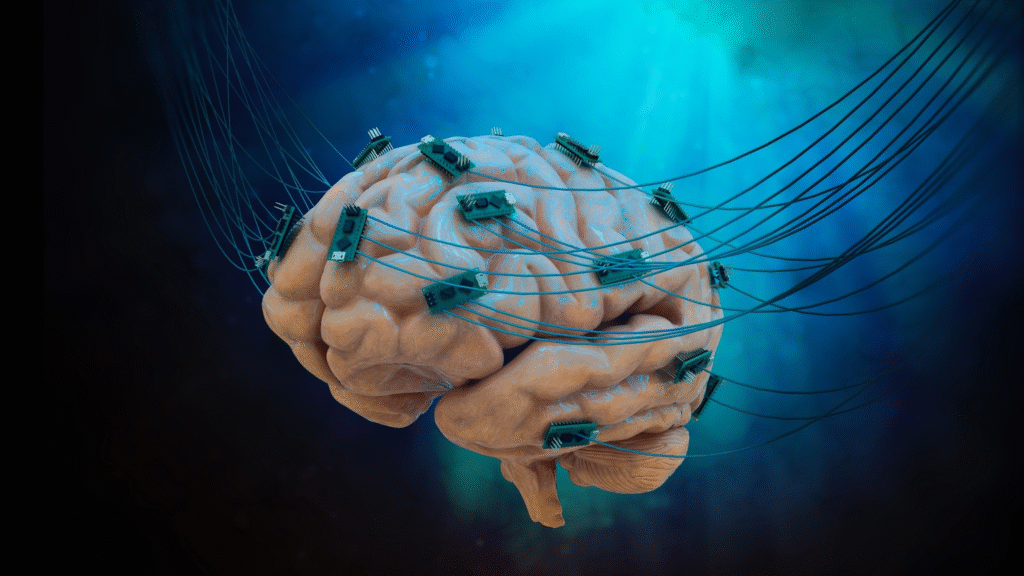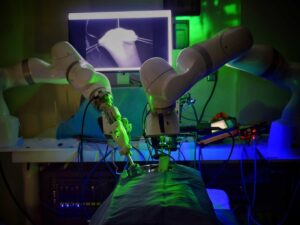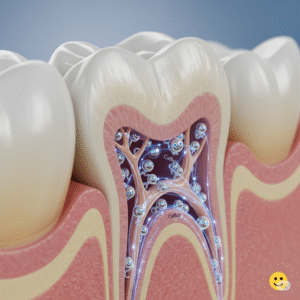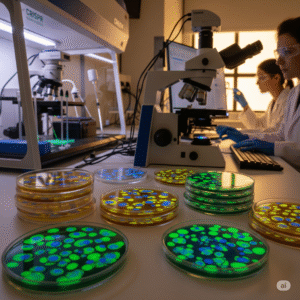For centuries, philosophers and scientists have debated what consciousness is — and where it comes from. Now, a new study offers a potential breakthrough: researchers may have identified a unique “consciousness signature” in the brain that helps explain how awareness arises.
Published in Nature, the study uses advanced brain imaging and machine learning to detect a consistent pattern of neural activity associated with conscious states — even in patients who appear unresponsive. It’s a landmark finding that could transform how we understand the brain, consciousness, and even conditions like coma and vegetative states.
What Is the “Signature of Consciousness”?
The research, conducted by an international team from the University of Cambridge and UCLA, analyzed brain activity in over 100 patients using EEG and fMRI scans. By comparing people who were awake, asleep, under anesthesia, or in minimally conscious states, they identified a unique brainwave pattern that only appears during conscious awareness.
This pattern involves synchronized activity across multiple regions of the brain — particularly the prefrontal cortex and posterior parietal cortex, areas believed to be central to awareness and perception.
\”We may be seeing the first real neural signature of consciousness,” said lead researcher Dr. Marcello Massimini. “It’s a major step toward decoding one of neuroscience’s greatest mysteries.\”
How the Discovery Works
Researchers used a technique called perturbational complexity index (PCI), which measures how integrated and complex the brain’s response is to a stimulus. Conscious brains show a higher PCI — suggesting more dynamic and interconnected activity.
What’s groundbreaking is that this index was accurate even in patients with brain injuries or under anesthesia, helping distinguish between truly unconscious states and hidden awareness.
This could help doctors more accurately assess coma patients — a long-standing challenge in neurology.
Implications for Medicine and Ethics
If confirmed, this discovery could lead to better diagnostics and new treatments for:
- Coma and vegetative state patients — Detecting consciousness even when outward signs are absent
- Disorders of consciousness — Guiding rehabilitation and care decisions
- Brain-machine interfaces — Enhancing communication for locked-in patients
It also raises important ethical questions: What does it mean to be “aware”? And how should we treat patients who show signs of consciousness, even if they cannot respond?
Could This Help Explain Consciousness Itself?
While the findings don’t solve the “hard problem” of consciousness — why and how subjective experience exists — they offer a measurable, biological foundation that researchers can build on.
By identifying when and where consciousness occurs in the brain, scientists move one step closer to demystifying awareness — and potentially replicating aspects of it in machines, AI, or prosthetics in the future.
Conclusion
For the first time, scientists may be seeing the neural footprints of consciousness — a discovery that opens doors not just in medicine, but in philosophy, ethics, and artificial intelligence.
As research continues, the dream of truly understanding how the brain gives rise to awareness feels closer than ever. The mystery of consciousness may never fully disappear — but it’s starting to take shape.




